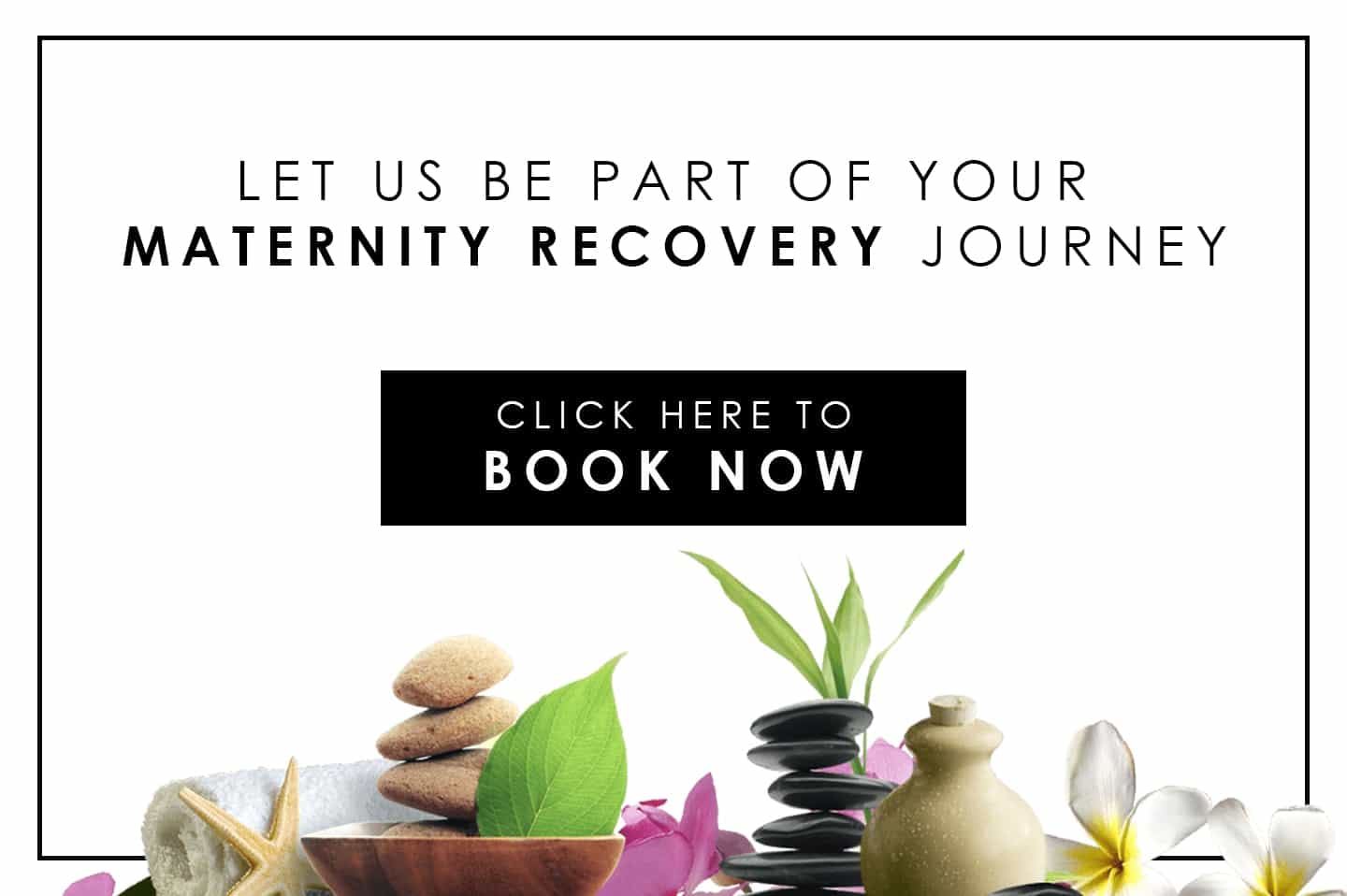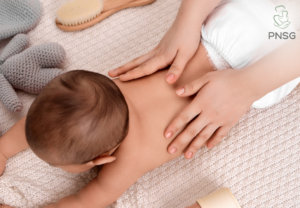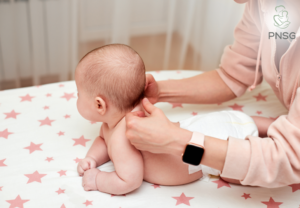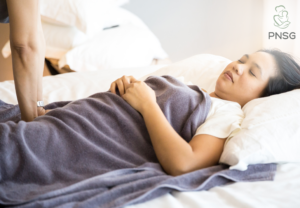7 Gambas Crescent, #09-09, Ark@Gambas, Singapore 757087 ♦ Reservation : +65 6417 9690
3 Effective Natural Postpartum Water Retention Treatments You Must Consider
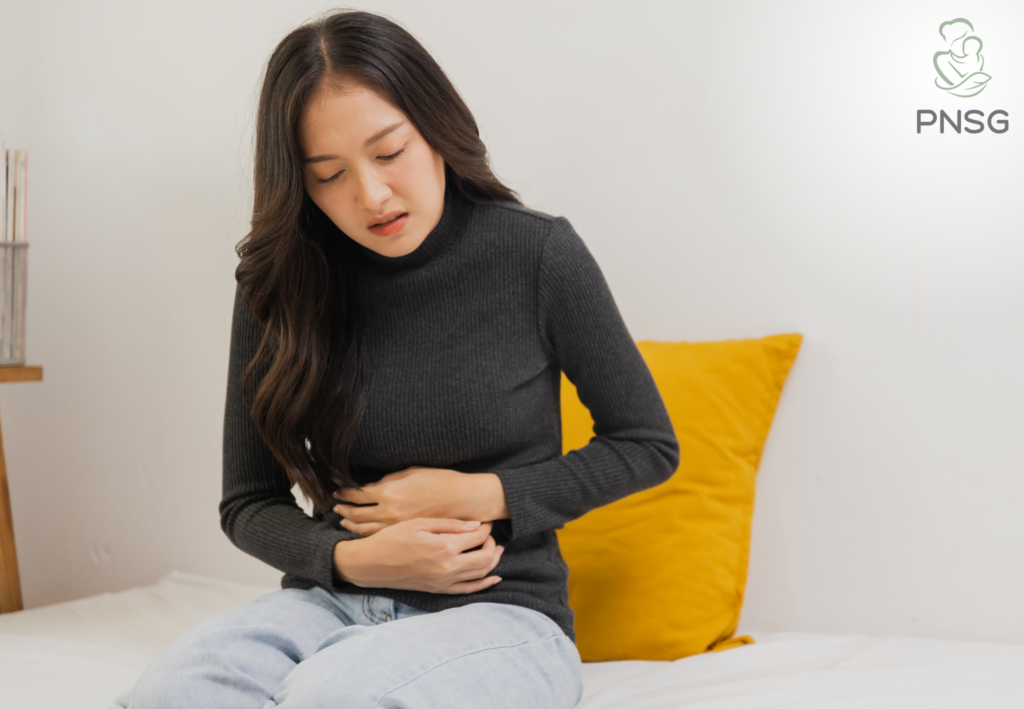
Postpartum water retention is an issue that many new mothers face, often manifesting as swelling in the hands, feet, legs, and even the face. This condition is primarily due to the body holding excess fluids during pregnancy to support the mother and the baby. After childbirth, the body gradually sheds this extra fluid, which can sometimes be uncomfortable and extend the recovery period. While this condition typically resolves independently within a few weeks, several natural approaches can help alleviate the symptoms more quickly. This article delves into three effective, natural treatments for postpartum water retention to provide relief and comfort during the recovery phase.
The Importance of Fluid Balance
Drinking more water might sound like odd advice if you’re dealing with swelling due to excess fluid in the body. However, staying well-hydrated is crucial for helping your body keep fluids in balance. When we don’t drink enough water, our bodies hold onto it as a defence, thinking there’s not enough available. By drinking more water, you let your body know it’s okay to release the extra water it’s been holding onto. It will help reduce swelling and allow your kidneys to filter out waste and unnecessary fluids. So, keeping up with your water intake will assist in managing fluid retention and keeping your body running smoothly.
Optimising Hydration
Daily Water Intake: Aim for at least 8-10 glasses of water daily, adjusting for factors such as activity level and whether you are breastfeeding.
Enhance Your Water: Adding slices of lemon, lime, or cucumber can make drinking water more enjoyable, encouraging higher intake.
Embrace Herbal Teas: Caffeine-free herbal teas can be a comforting way to increase fluid intake, offering variety and additional health benefits.
Nutritional Adjustments
Proper nutrition plays a significant role in managing water retention by ensuring the body balances electrolytes and nutrients. Consuming foods rich in potassium can help regulate the body’s fluid levels. Potassium balances sodium levels because high sodium intake can cause the body to hold onto water. Additionally, incorporating magnesium-rich foods into your diet can also support fluid balance. Magnesium helps properly function many bodily processes, including those that manage water retention. Lastly, staying hydrated and limiting high-sodium processed foods are simple yet effective nutritional strategies to prevent unnecessary water retention. Focusing on a balanced diet with these essential nutrients can support your body’s natural ability to regulate fluid balance.
Foods To Eat
Certain foods can naturally promote the elimination of excess fluids and support the body’s recovery.
Potassium-Rich Foods: Foods like avocados, bananas, and sweet potatoes help counteract the effects of sodium, reducing bloating and swelling.
Magnesium Sources: Including nuts, seeds, and leafy greens in your diet can aid in reducing water retention symptoms.
Lean Proteins: High-quality proteins from sources like chicken, fish, and legumes are essential for repairing and building body tissues post-birth.
Foods To Limit
Reducing the intake of certain foods can also help reduce water retention.
Lower Sodium Intake: Avoid processed foods and use natural herbs and spices to flavour meals.
Cut Back on Refined Carbs: Foods high in refined sugars and flour can lead to spikes in blood sugar and insulin levels, exacerbating water retention.
Gentle Exercise: Enhancing Circulation and Strength
The Role of Physical Activity
Engaging in light to moderate exercise can significantly improve circulation and help manage postpartum water retention by stimulating the lymphatic system and increasing urine output.
Recommended Activities
Walking: Even short daily walks can boost circulation and aid fluid balance.
Postnatal Yoga: Specific postnatal yoga routines focus on gentle stretching and strengthening exercises suitable for new mothers.
Swimming: Water-based exercises provide resistance in a low-impact setting, ideal for easing into physical activity postpartum.
Additional Tips for Managing Postpartum Water Retention
Elevate Your Legs: When resting, elevate your legs above heart level to encourage fluid movement away from the lower extremities.
Wear Compression Garments: Compression socks or leggings can be beneficial for reducing swelling in the legs by promoting blood flow back to the heart.
Massage: Gentle post pregnancy massage can stimulate the lymphatic system, aiding in removing excess fluids. Consider seeking a professional post natal massage sg therapist like PNSG who is experienced in postpartum care.
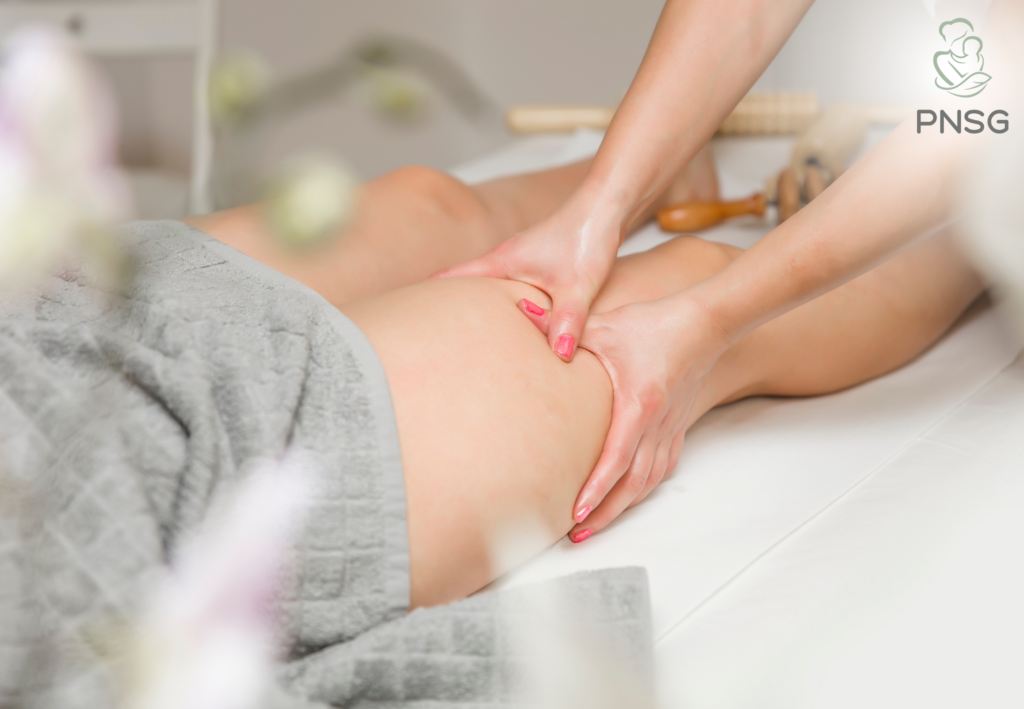
Closing Thoughts
Dealing with postpartum water retention can be an uncomfortable and frustrating experience for many new mothers. However, incorporating these natural treatments and strategies into your postpartum care routine can alleviate the symptoms and accelerate the recovery process. It’s important to remember that every woman’s body is different, and what works for one may not work for another. Always listen to your body and consult with a healthcare provider before introducing any significant changes, especially if you are breastfeeding. Getting a body post natal massage Singapore is an excellent way to relieve postpartum pain professionally. With time, patience, and the right care, you can support your body in returning to its pre-pregnancy state, allowing you to focus on the joy and challenges of motherhood.

